Installation instructions for ball valves
Installation instructions for ball valves:
1. Indoor devices or outdoor applications with protective methods;
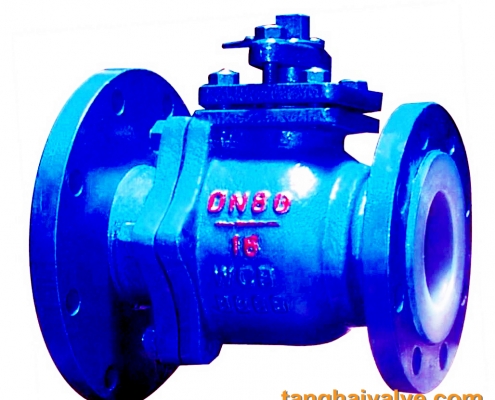
ball valve (7)
2. Outdoor installations are corroded by wind, sand, rain, dew, and sunlight;
3. Have flammable, explosive gas or dust environment;
4. Humid tropical and dry tropical environment;
5. The temperature of the pipeline medium is as high as 450℃;
6. The ambient temperature is lower than -20℃;
7. Easy to be flooded or immersed in water;
8. Possess a radioactive material (nuclear power plant and radioactive material test device) environment;
9.The environment on the ship or dock (with salt spray, mold, humidity);
10.Occasions with severe vibration; occasions prone to fire;
For the electric ball valve in the above environment, the electric device structure, material and protection method are different. Therefore, the corresponding valve electric device should be selected according to the above-mentioned obligation environment. According to engineering control requirements, for electric ball valves, their control functions are completed by electric devices. The purpose of applying electric ball valves is to complete non-manual electrical control or computer control of valve opening, closing and adjustment linkage. The application of electric devices is not just for diligence and labor saving. Since the functions and quality of products from different manufacturers are quite different, the selection of electric devices and the selection of valves are equally important to the project. As the requirements of industrial automation level are constantly improving, on the one hand, the application of electric valves is increasing, and on the other hand, the control requirements for electric valves are getting higher and higher and more complicated. Therefore, the design of electric valves in electrical control is always updated. With the continuous improvement of use requirements and the popularization and application of computers, new and diverse electrical control methods will always appear. Regarding the overall control of the electric valve, attention should be paid to the selection of the control method of the electric valve. For example, depending on the needs of the project, whether to use a centralized control method or a single control method, whether to link with other equipment, sequence control or application computer sequence control, etc., the control principles are different. The sample of valve electric device manufacturers only gives standard electric control principles, so the application department should make technical clarifications with the electric device consumer to understand the technical requirements.
TH Valve is a professional manufacturer of butterfly valve, gate valve, check valve, globe valve, knife gate valve, ball valve with API, JIS, DIN standard, used in Oil, Gas, Marine industry, Water supply and drainage, fire fighting, shipbuilding, water treatment and other systems, with Nominal Diameter of DN50 to DN1200, NBR/EPDM/VITON, Certificates & Approvals: DNV-GL, Lloyds, DNV, BV, API, ABS, CCS. Standards: EN 593, API609, API6D
Related news /knowledge:
Difference between soft seal butterfly valve and hard seal butterfly valve;
Stainless steel valve material parameters and specific applications;
Electric ball valve principle | Electric ball valve working principle;

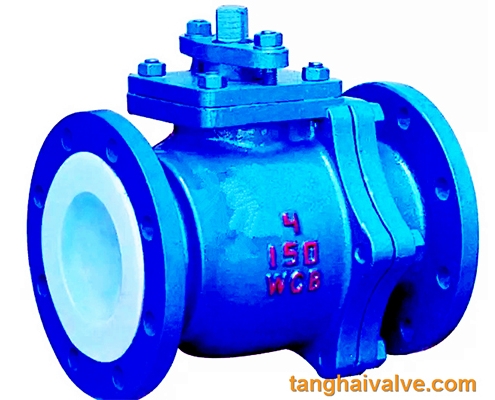
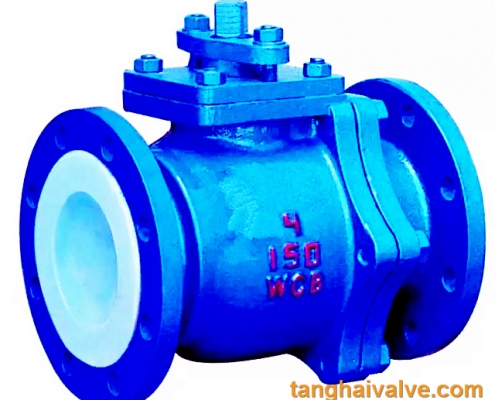
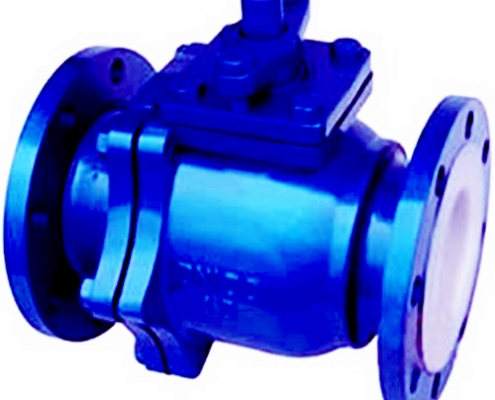
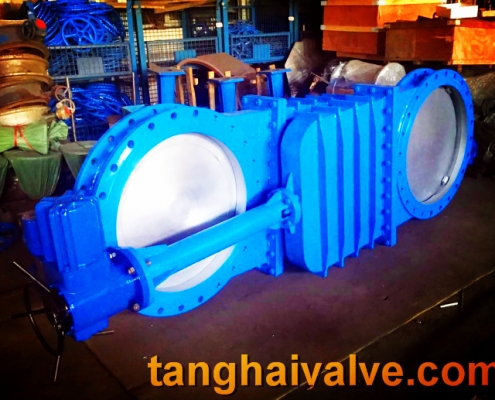
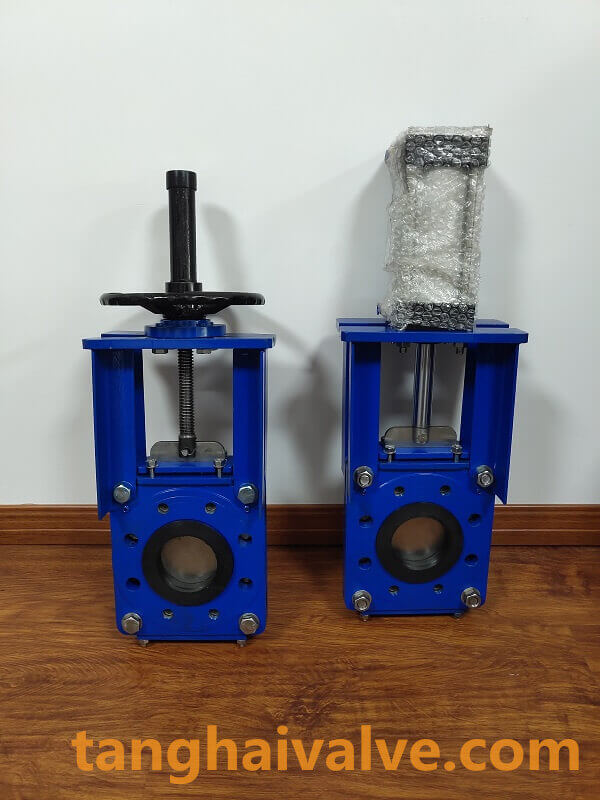
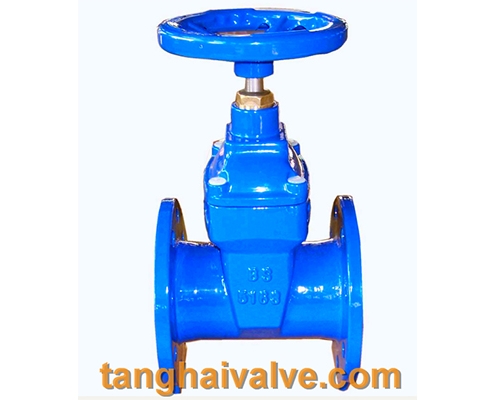
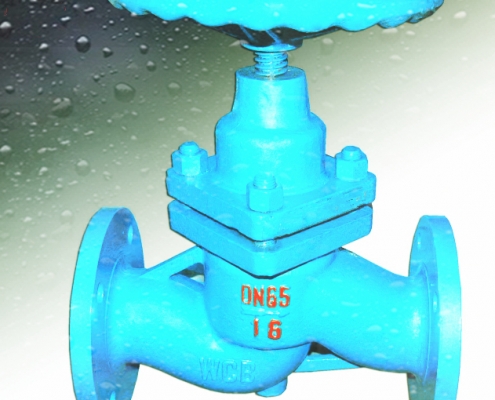
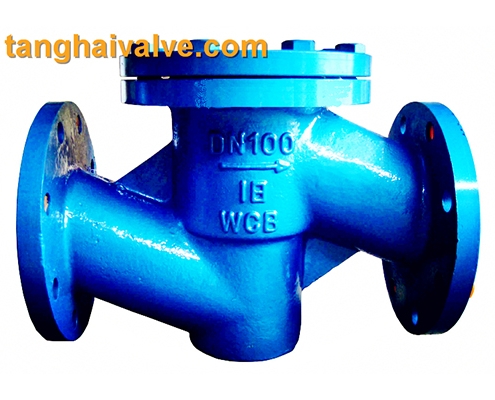
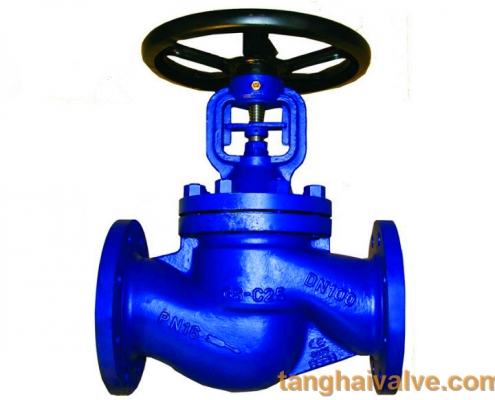
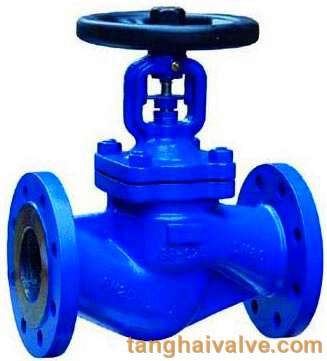


 © Copyright 2020 Tianjin Tanghaidongyang Valve Co., Ltd. All Rights Reserved.
© Copyright 2020 Tianjin Tanghaidongyang Valve Co., Ltd. All Rights Reserved.